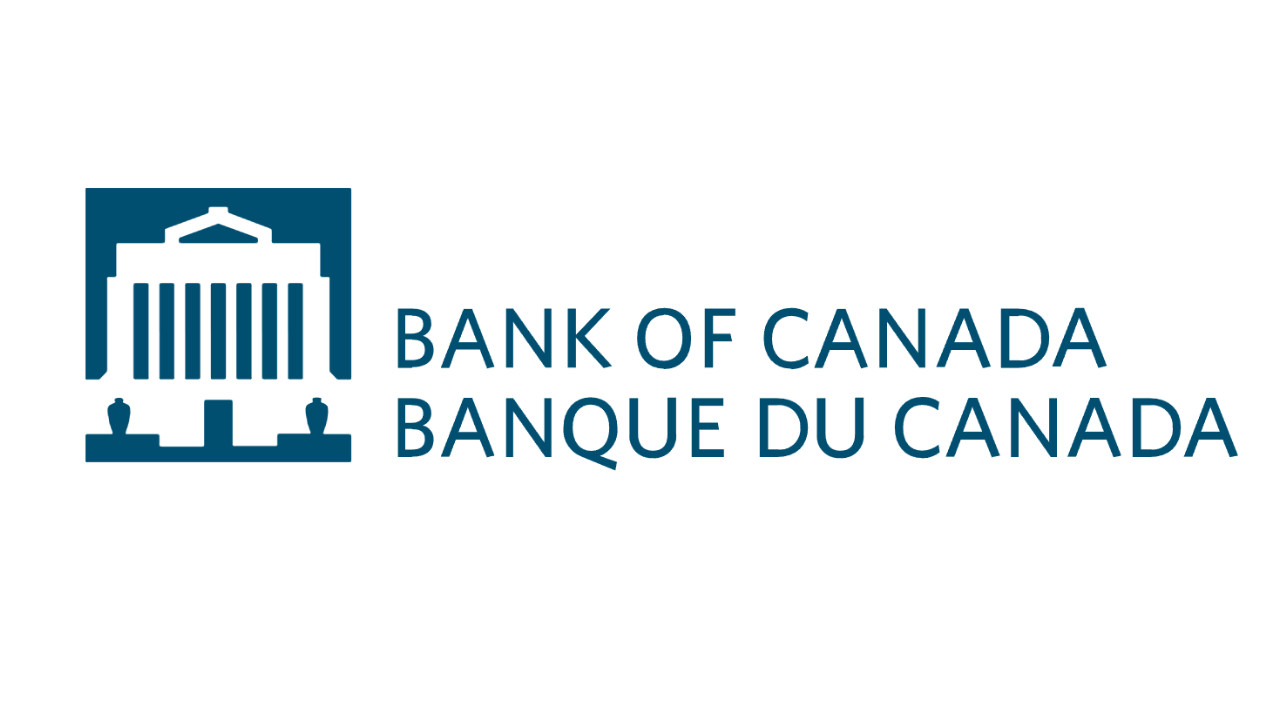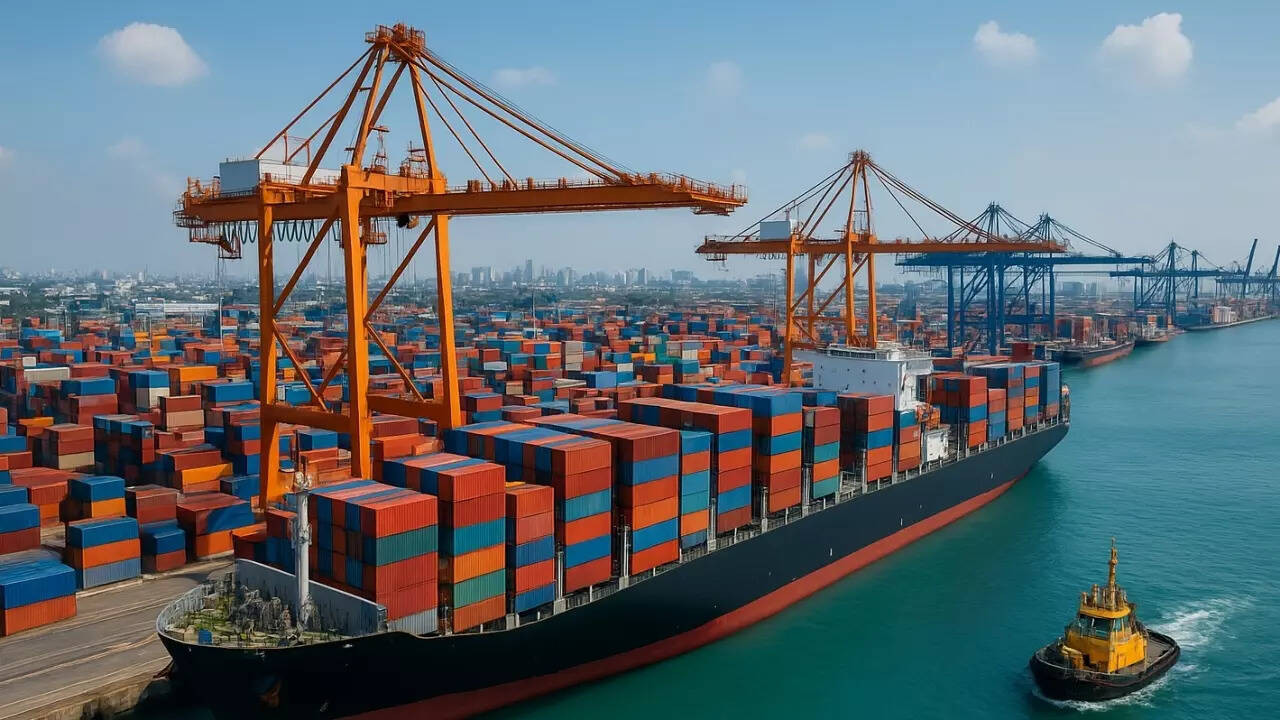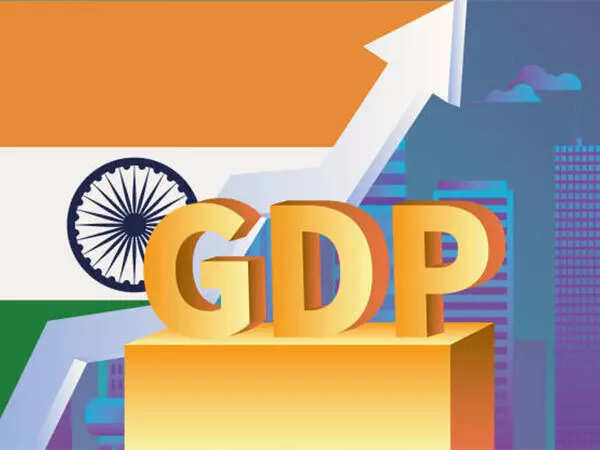The Bank of Canada has lowered its key lending rate to 2.5% in response to the economic strain caused by US protectionism and trade tensions. Canada’s GDP shrank significantly in the second quarter of 2025, with exports plummeting due to fading advance orders.
The Winds of Change: Canada’s Rate Cut and What It Means
The economic landscape is rarely still, but lately, it feels like we’re navigating a particularly turbulent patch. News from the Bank of Canada sent ripples through the markets recently, as they made the bold decision to trim their key lending rate to 2.5%. This isn’t just a number on a screen; it’s a signal, a message that the economic climate north of the border is shifting. But why now, and what does this mean for everyday Canadians and the broader global economy?
Decoding the Decision: Why a Rate Cut?
A rate cut isn’t something central banks do on a whim. It’s a calculated move, usually deployed when the economy shows signs of sluggishness. Think of it like this: lowering the rate makes borrowing cheaper for businesses and consumers alike. This, in turn, should encourage spending and investment, giving the economy a much-needed boost. The Bank of Canada’s hand was likely forced by a confluence of factors, with whispers of economic slowdown growing louder.
One significant headwind has been the ongoing trade tensions, particularly the tariff war orchestrated by the former Trump administration. Canada, heavily reliant on trade with the US, felt the sting of these tariffs, impacting industries from manufacturing to agriculture. Lowering the rate is meant to help protect the economy during times of global uncertainty.

Ripple Effects: Who Benefits, Who Doesn’t?
So, who stands to gain from this monetary policy adjustment? For starters, variable-rate mortgage holders could see their monthly payments decrease, freeing up some cash in their budgets. Businesses looking to expand might find it more attractive to take out loans, potentially leading to job creation.
However, it’s not all sunshine and roses. Savers and those on fixed incomes might see their returns diminish. Also, a lower interest rate can, in theory, weaken the Canadian dollar, making imports more expensive. It’s a delicate balancing act, and the Bank of Canada will be closely monitoring the impact of this rate cut in the weeks and months to come. This decision is a significant one that could have large implications for Canada’s rate and the broader economy.
Navigating a Complex Landscape: What’s Next?
The world economy is a complex web of interconnected factors, making it difficult to predict the future with certainty. The impact of this Canada rate adjustment will depend on how other nations respond, the trajectory of global trade relations, and a host of other variables. Will this single rate cut be enough to insulate Canada from the global economic headwinds? Or will further intervention be required?
It’s critical to stay informed and understand how these changes could affect you and your family. For example, if you are considering purchasing a home, it’s prudent to consult with a financial advisor to assess your situation and make informed decisions. Staying informed on matters such as Canada’s rate cuts is essential for financial planning.
You might also want to learn more about strategies for managing debt during times of economic uncertainty. We recently published a helpful guide on consolidating high-interest debt that you can find here [Internal link to related debt management article].
Looking Ahead: A Call for Adaptability
The Bank of Canada’s rate cut is a clear indicator that change is afoot. While the long-term consequences remain to be seen, this is a reminder of the importance of adaptability in navigating an ever-evolving economic landscape. Whether you’re a business owner, investor, or simply someone trying to make ends meet, staying informed, seeking expert advice, and remaining flexible are key to weathering any economic storm. Only time will tell how the rate cut affects the Canadian economy, but the goal is clearly to foster growth in the face of global instability.






